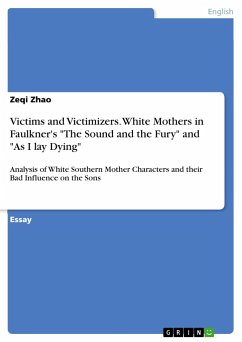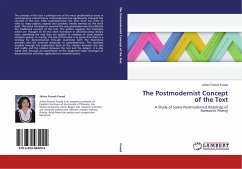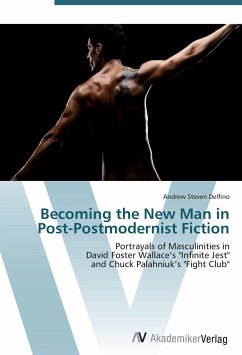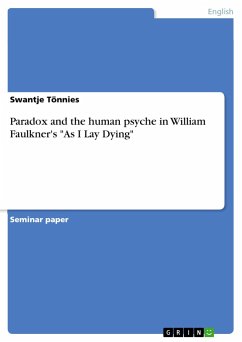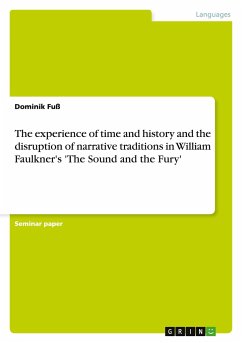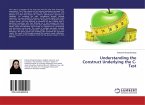Published successively in 1929 and 1930, Faulkner's The Sound and the Fury and As I Lay Dying may chronologically be described as modernist texts. However, Faulkner's novels can arguably be classified within the postmodernist literary tradition. To decide whether the texts are modernist or postmodernist is indeed confounding insofar as it throws a researcher into a puzzle of regenerated questions of the kind what is modernism? What is postmodernism? What is this 'post' of postmodernism? Is it inclusive or exclusive in its relation to modernism? However, as Brian McHale who, in Postmodernist Fiction, describes Faulkner's Absalom, Absalom! as a novel which "touches and perhaps crosses the boundary between modernist and postmodernist writing" (10), one can also arguably claim that Faulkner's The Sound and the Fury and As I Lay Dying are indeed postmodernist. The concern of the present work is to detect some of the postmodern elements available in Faulkner's The Sound and the Fury and As I Lay Dying focusing on a number of postmodernist narrative peculiarities, namely Intertextuality, linguistic experimentation and fragmentation.


